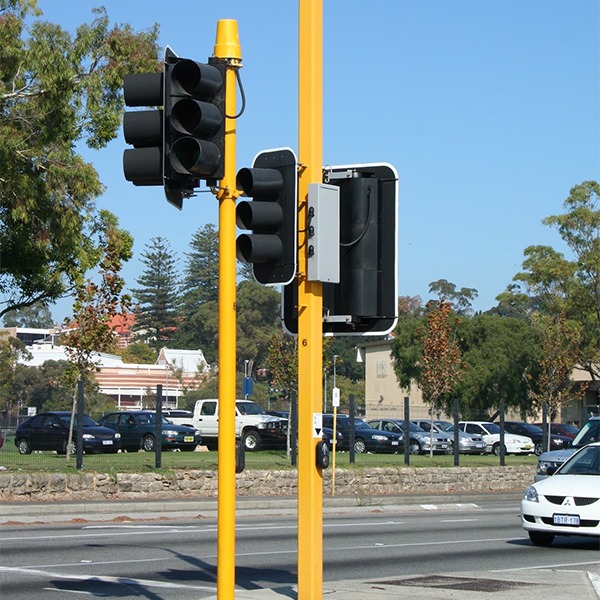2024-06-25
Ever stop to think about the secret life of a traffic pole? We all rely on them - those silent sentinels lining our streets, keeping us safe and illuminated at night. But have you ever considered the environmental cost of these everyday heroes? Traffic pole manufacturing, while crucial for our infrastructure, can leave a hefty footprint on our planet.
So, let's peel back the layers and see what exactly goes into making a traffic pole, and more importantly, how we can make this process a little greener.
Behind the Scenes: The Not-So-Green Side of Traffic Poles
- Digging Deep: Those sturdy steel or aluminum poles? They start with resource extraction. This can mean habitat loss, deforestation, and a whole lot of energy use, not to mention air and water pollution. Yikes!
- Energy Guzzlers: Turning raw materials into a finished product requires tons of energy, often from non-renewable sources. This translates to more greenhouse gas emissions and a hotter planet.
- Waste Woes: The manufacturing process creates a fair amount of waste, from metal scraps to chemicals. Improper disposal can lead to contaminated soil and water, posing a threat to both our environment and ourselves.
- Road Trip Blues: Once made, these poles need to get to their final destination. Unfortunately, the transportation process usually relies on fossil fuels, adding another layer to the carbon footprint.
Greener Pastures: How Traffic Pole Manufacturers Can Make a Difference
The good news? There are ways to make traffic pole manufacturing a friend, not a foe, to the environment. Here's what some forward-thinking Indian manufacturers are doing:
- Recycling the Past, Building the Future: Using recycled steel or aluminum cuts down massively on energy consumption and the environmental damage caused by raw material extraction. It's like giving old materials a new lease on life!
- Sun Power, Not Fossil Fuel Power: Switching to renewable energy sources like solar or wind power for production can significantly reduce greenhouse gas emissions. Imagine traffic poles lit not just by electricity, but by the power of the sun!
- Waste Not, Want Not: Recycling metal scraps and reusing by-products keeps waste out of landfills and conserves precious resources. It's a win-win for everyone!
- Thinking Outside the Gas Tank: Optimizing transportation routes and using eco-friendly vehicles for delivery can make a big difference. Plus, sourcing materials locally cuts down on long-distance travel.
- Innovation is Key: Investing in new technologies can lead to more sustainable practices. Lighter, stronger poles require less material to produce, and automation can minimize waste. Imagine traffic poles that are both eco-friendly and super strong!
- Going Green with a Badge: Following environmental standards and certifications like ISO 14001 shows a commitment to sustainability. This not only benefits the planet but also builds a company's reputation as an eco-conscious leader.
A Brighter Future for Our Streets (and Our Planet)
The environmental impact of traffic pole manufacturing is real, but there's hope for a greener future. Here's to Indian Traffic Pole Manufacturers who are taking the lead in sustainable practices! Companies like Hakke India are paving the way for eco-conscious solutions, ensuring our traffic poles keep our streets safe while safeguarding our planet for generations to come. So, the next time you see a traffic pole, remember - it can be a symbol of not just safety, but also of environmental responsibility.
By prioritizing sustainable practices, Traffic Pole Manufacturers in India can significantly reduce their environmental footprint. This not only benefits the environment but also positions these companies as leaders in a future focused on clean and sustainable infrastructure. It's a win-win for our cities, our planet, and the future of safe and efficient transportation.



